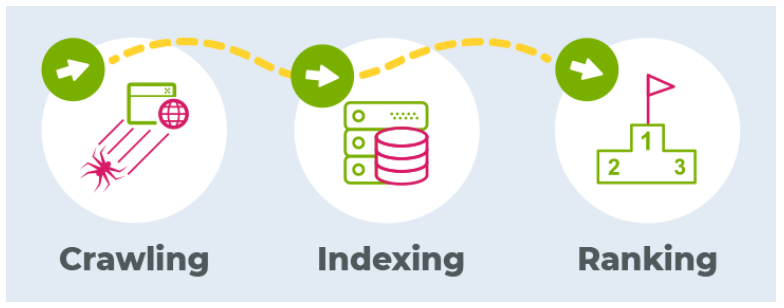
Crawlability, in the context of SEO, refers to the ability of search engine crawlers or bots to access and explore the content of a website. It is a fundamental aspect of search engine optimization as search engines need to crawl a website’s pages to understand its content and determine its relevance for search queries.
For a website to be crawlable, search engine crawlers should be able to:

- Discover the website: Search engines should be able to find and identify the website’s existence. This typically happens through external links pointing to the website, sitemaps, or submission through search engine tools like Google Search Console.
- Access the website’s pages: Search engine crawlers need to access the webpages of a website. This requires that the website’s server is properly configured to allow bots to access the content. Issues like server errors, incorrect HTTP status codes, or misconfigured robots.txt files can restrict or block crawling.
- Follow internal links: Crawlers navigate through a website by following internal links. It is essential to have a logical and well-structured internal linking system that allows crawlers to move smoothly from one page to another.
- Understand the content: Crawlers analyze the content of a webpage to determine its relevance and index it in search engine databases. It is important to present clear and well-structured content that search engine crawlers can easily interpret.
Optimizing crawlability is crucial for effective SEO. Here are some best practices to improve crawlability:
- XML sitemaps: Create an XML sitemap that lists all the important pages of your website. Submit it to search engines to help them discover and crawl your pages more efficiently.
- Robots.txt: Use a robots.txt file to guide search engine crawlers and specify which pages should be crawled and which ones should be excluded from crawling. Carefully manage the directives to avoid accidentally blocking important pages.
- User-friendly URLs: Use descriptive and keyword-rich URLs that are easily readable by both users and search engine crawlers. Avoid using complex or dynamically generated URLs that may be difficult for crawlers to interpret.
- Internal linking: Implement a logical and well-structured internal linking system. Include relevant and contextual internal links within your content to help crawlers navigate and discover your webpages.
- Mobile-friendly design: Ensure that your website is optimized for mobile devices. As mobile-first indexing becomes more prevalent, search engine crawlers prioritize crawling mobile-friendly websites.
- Monitor crawl errors: Regularly check your website’s crawl error reports in tools like Google Search Console to identify and fix any crawl issues, such as broken links, server errors, or blocked pages.
By improving the crawlability of your website, you increase the chances of search engine crawlers discovering and indexing your content, leading to improved visibility in search engine results pages and ultimately benefiting your SEO efforts.
https://www.searchenginejournal.com/crawling-indexability-improve-presence-google-5-steps/167266/

